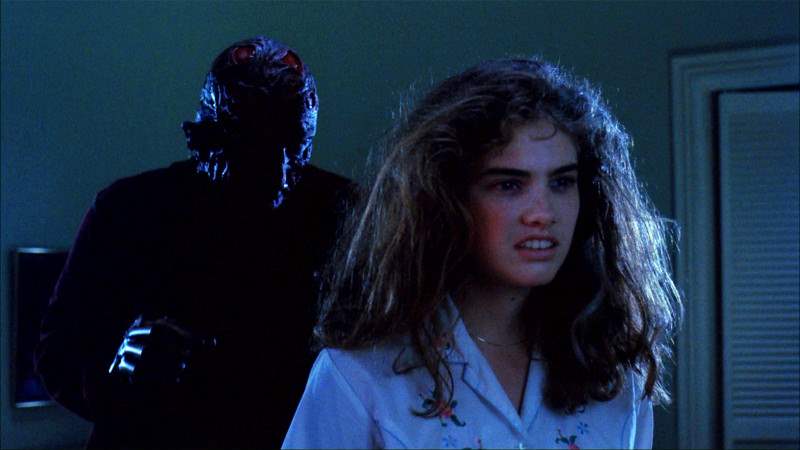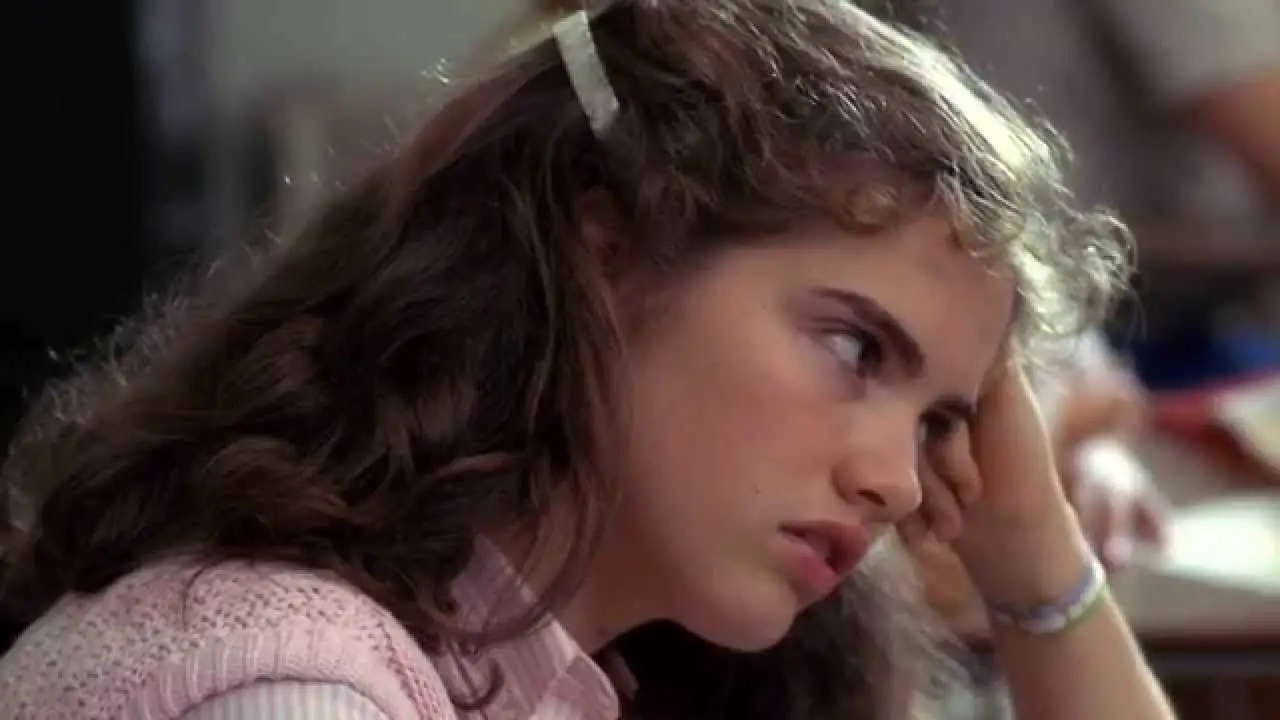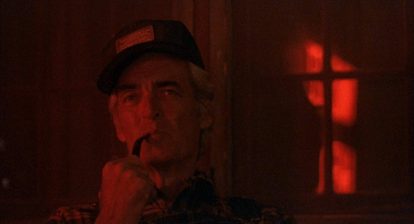It might seem hard to believe looking back at it, given the reverence so many fans hold for the sub-genre, but by 1984 the slasher craze was already winding down. 1980 through ’82 saw dozens upon dozens of formulaic films about masked madmen stalking teenagers. By 1983, tastes were already leaning back toward the fantastical. There were slashers being made during this time, of course, but there were fewer and they weren’t always the surefire box office hits they had been only a few years prior.
If slashers were going to survive, something needed to change. Audiences knew the formula by heart. It had gotten to the point where Paramount was even making the decision to kill off cash-cow Jason Voorhees with 1984’s Friday the 13th: The Final Chapter. The sub-genre needed fresh blood.
Along came Wes Craven’s A Nightmare on Elm Street. There’s nothing I could say about the sheer success of this film, from a financial to a critical to a pure entertainment level, that hasn’t already been said. It changed the game. It launched a franchise and, in doing so, reinvigorated several others.
Much of the success of Elm Street is paid to the concept, which is key. It’s a flawless idea. The number one thing people think going into a truly scary movie is that they hope it won’t give them nightmares. They wonder if what they’ve seen will stick with them once they get home, turn out the lights and prepare for bed. A Nightmare on Elm Street takes this whole idea and spins it on its head, making the viewer afraid of their own dreams.
Did You Know? Wicked Horror TV Has Classic and Independent Horror Films Available to Stream for Free!

I think there’s one other major factor as to what makes A Nightmare on Elm Street such a powerful motion picture: Nancy Thompson. On a basic level, it seems obvious to say that a key factor to a film’s success is its protagonist, but the heroes aren’t always given their due in horror. In some ways, Nancy is as unique from other so-called final girls of the era as Freddy is from other villains. That’s not necessarily a knock against other heroines, it simply comes down to formula.
In the typical slasher structure of the early ‘80s, the teenage ensemble of characters are in an isolated location and are totally unsuspecting of any nearby danger. The heroine in these films typically doesn’t know that there’s anything strange going on until all of her other friends are dead. This isn’t always the case, of course, but it is for heavy hitters like Texas Chain Saw Massacre, Halloween, and Friday the 13th.
 With Nancy, it’s completely different. These kids are uncomfortable from the very first scene because of their nightmares. Nancy realizes that Tina had the same dream as she did just before her friend is killed. Once the first victim has been claimed, Nancy has already figured out there’s something out of the ordinary going on.
With Nancy, it’s completely different. These kids are uncomfortable from the very first scene because of their nightmares. Nancy realizes that Tina had the same dream as she did just before her friend is killed. Once the first victim has been claimed, Nancy has already figured out there’s something out of the ordinary going on.
What makes Nancy such a great protagonist right at the start of the picture, though, is that she’s so relatable. She’s an incredibly realistic character and this helps get the audience on her side almost immediately. She’s not as popular as her best friend and her parents are going through a divorce. These are aspects of true character development, something that Craven really thought out in interesting and intelligent ways when crafting the journey Nancy takes throughout the feature.
Most heroines in horror, especially at the time, never knew that they were in danger. Laurie Strode had an uneasy feeling, but she didn’t know what was going on. She didn’t even know who was after her until the sequel. Nancy is a total inversion of the trope. If anything her curse is that she sees everything coming and is unable to stop it.
She knows that the man who is after her in her dreams is real. She can’t trust her friends to believe her because they’re dying one by one, She can’t trust her parents because they’re covering up the truth. In the end, the only person Nancy can trust is herself and she owns this. She accepts it.
The final act of Elm Street is an almost perfect inversion of the traditional final act of a slasher, because Nancy knows exactly what the stakes are going in. She realizes nobody is going to stop this but her, nobody else is going to be rushing in to save her life. Even after Glen dies, she sticks to her plan to kill Freddy, knowing that she is alone and almost certainly believing she is going to die.
 It’s one of my favorite sequences in horror, that small montage of Nancy booby-trapping her house before going into the dream to hunt for Krueger. She doesn’t even know if this is going to work. But she’s prepared.
It’s one of my favorite sequences in horror, that small montage of Nancy booby-trapping her house before going into the dream to hunt for Krueger. She doesn’t even know if this is going to work. But she’s prepared.
With Nancy, Wes Craven gave us a heroine who was truly a fighter. Who was willing to stand up for herself and went through a genuine and believable arc over the course of the film. She’s one of the best elements of one of the best horror movies of all time. She is a smart, fierce, determined protagonist who doesn’t always get the credit she deserves. But even still, she remains my favorite horror heroine of all time.






